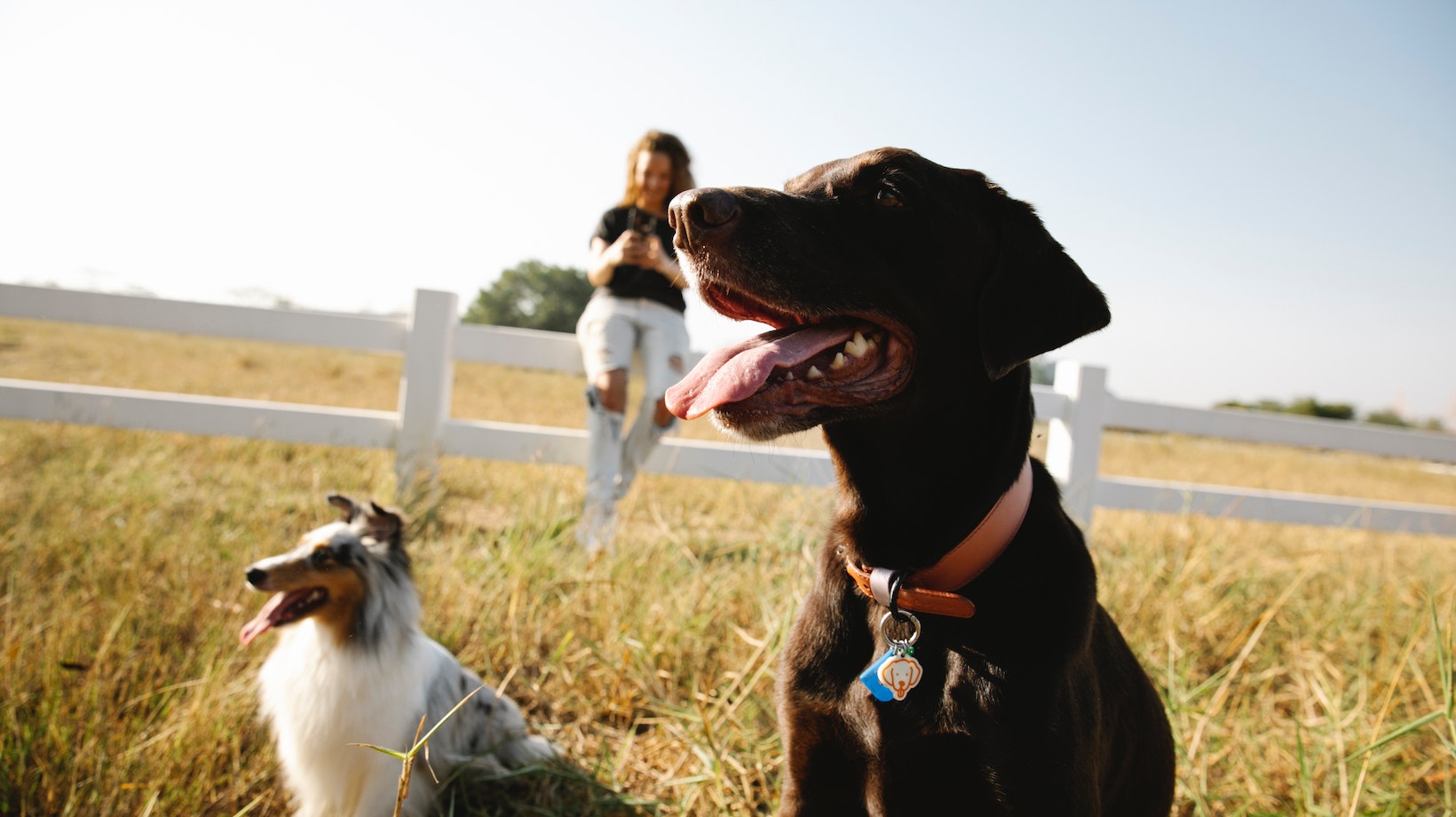How To Train Your Dog Not To Bark Outside
One technique you can use is positive reinforcement training. Rewarding your Labrador with treats, praise, or toys when they remain calm and quiet outside can reinforce the desired behavior. Gradually increase the duration of time between rewards so that your dog learns to associate silence with positive outcomes.
Another method is desensitization and counterconditioning. Expose your Labrador gradually to stimuli that typically trigger their barking (such as other dogs or loud noises) while providing treats and reassurance. This process helps them develop a more relaxed response in those situations.
Remember that consistency and patience are key when training any dog. It’s also important to provide regular exercise, mental stimulation, and environmental enrichment for your Labrador as these factors contribute to their overall well-being and can help reduce excessive barking tendencies.
By implementing these strategies and dedicating time towards consistent training efforts, you’ll be on track towards teaching your Labrador not to bark excessively when they’re outside.

Teaching The ‘Quiet’ Command For Your Labrador
- Start with basic obedience training: Before diving into teaching the ‘quiet’ command, ensure that your Labrador has a solid foundation of basic commands such as sit, stay, and come. This establishes a level of trust and communication between you and your dog, making it easier to teach new commands like ‘quiet.’
- Identify the triggers: Observe when and why your Labrador tends to bark outside. It could be due to boredom, territorial instincts, or even fear. Once you identify the specific triggers, you’ll have a better understanding of how to address them during training sessions.
- Use positive reinforcement: Positive reinforcement is key when teaching any command to your dog. When they bark excessively outside, calmly say “quiet” in a firm but gentle tone. As soon as they pause from barking or become quiet even for a moment, praise them enthusiastically with treats or affectionate words like “good quiet!” This helps reinforce the desired behavior.
- Practice consistency: Consistency is crucial in training dogs. Whenever you catch your Labrador barking outside without reason or beyond what’s necessary, use the ‘quiet’ command consistently each time followed by positive reinforcement when they comply.
- Gradual exposure to triggers: Gradually expose your Labrador to situations that typically trigger their barking behavior outdoors while practicing the ‘quiet’ command consistently. For example, if they tend to bark at other dogs passing by on walks, start by having controlled interactions with calm dogs while reinforcing the ‘quiet’ command throughout.
- Seek professional guidance if needed: If despite consistent training efforts, your Labrador continues to struggle with excessive barking outside, consider seeking professional help from a certified dog trainer or behaviorist. They can provide personalized guidance and techniques tailored to your specific situation.
Remember, training takes time and patience. Each dog is unique, so the response to training methods may vary. Stay consistent, positive, and understanding throughout the process. With perseverance and dedication, you’ll be on your way to teaching your Labrador the ‘quiet’ command and enjoying peace in your outdoor environment. When it comes to training your Labrador not to bark outside, using positive reinforcement techniques can be highly effective. By rewarding desired behavior and redirecting their attention away from barking, you can help your furry friend become a well-behaved companion. Here are a few strategies that I’ve found helpful:
- Start with basic obedience training: Teaching your Labrador basic commands like “sit,” “stay,” and “quiet” lays the foundation for more advanced training. Use treats or verbal praise as rewards when they respond correctly.
- Use clicker training: Clicker training is a popular positive reinforcement technique that involves using a clicker to mark the exact moment your dog exhibits the desired behavior. Pair the sound of the clicker with treats or praise to reinforce good behavior and discourage excessive barking.
- Engage in mental stimulation activities: A bored dog is more likely to bark excessively, so provide plenty of mental stimulation through interactive toys, puzzle games, and obedience exercises. This helps keep their minds occupied and reduces the urge to bark incessantly.
Remember, consistency is key when using positive reinforcement techniques for training your Labrador not to bark outside. Be patient, stay calm during the process, and always reward good behavior promptly.